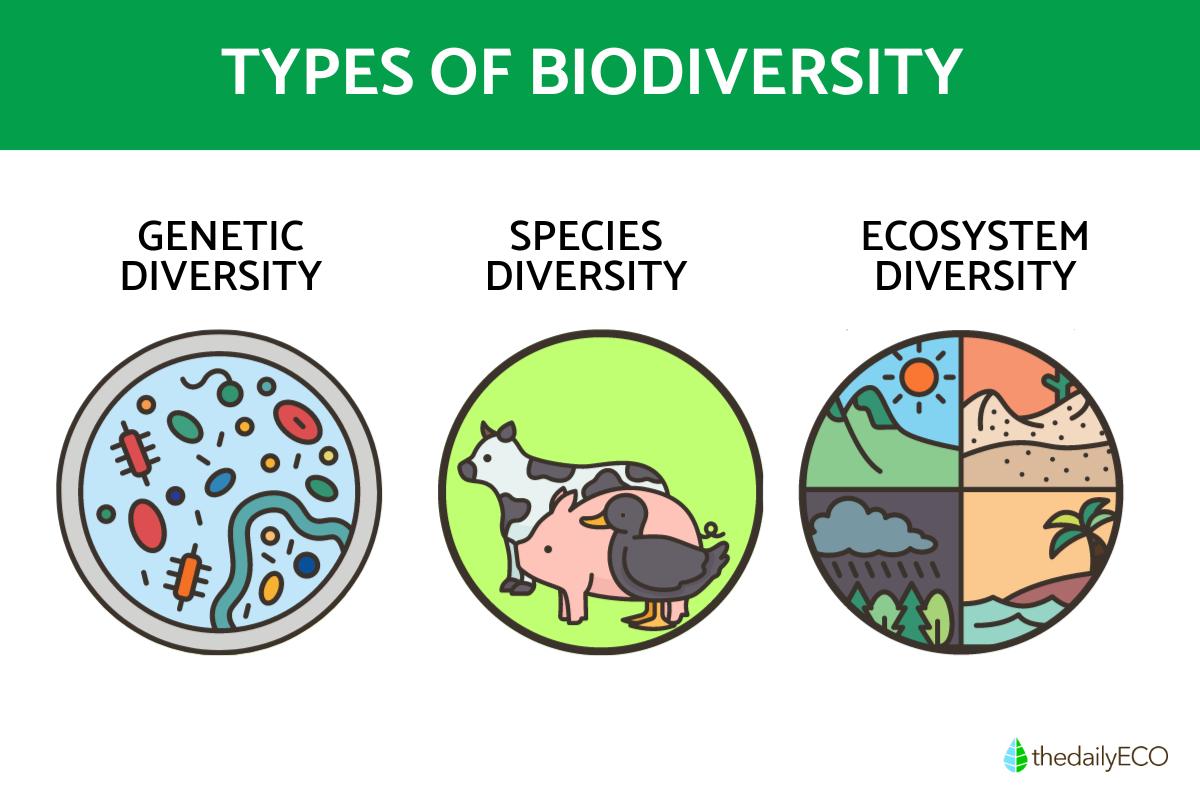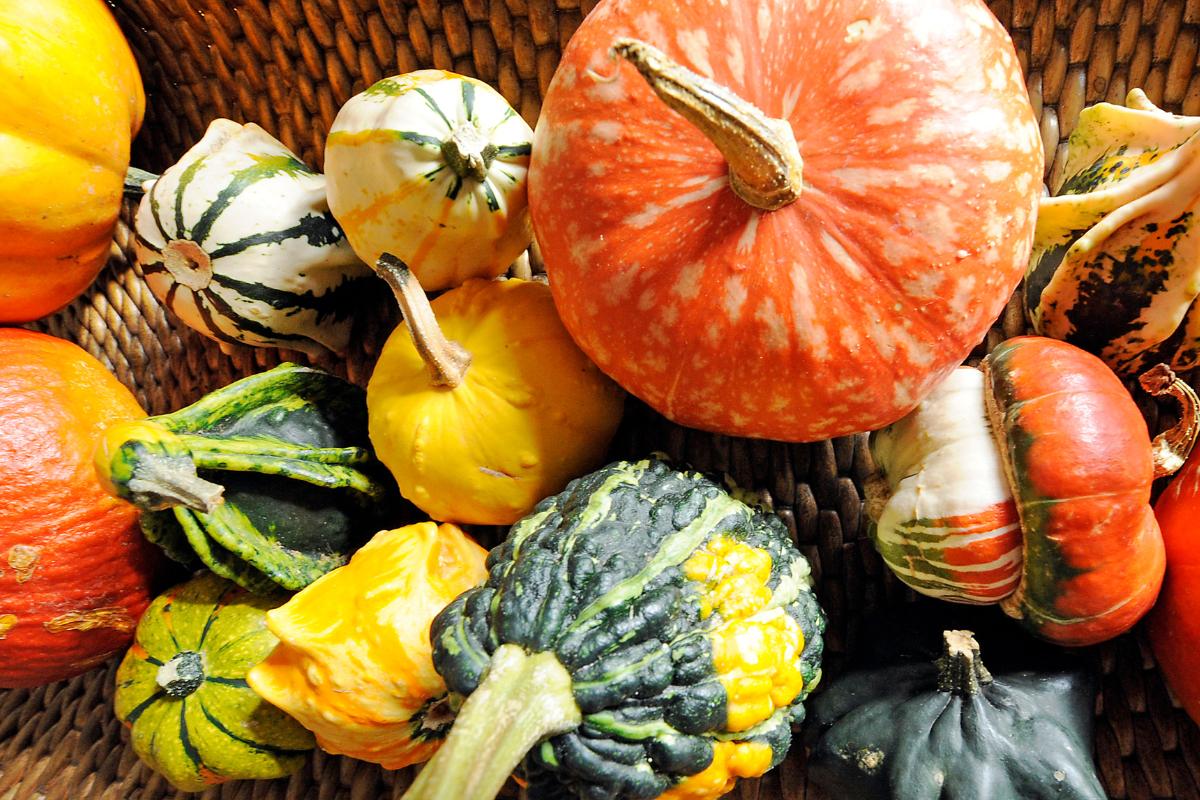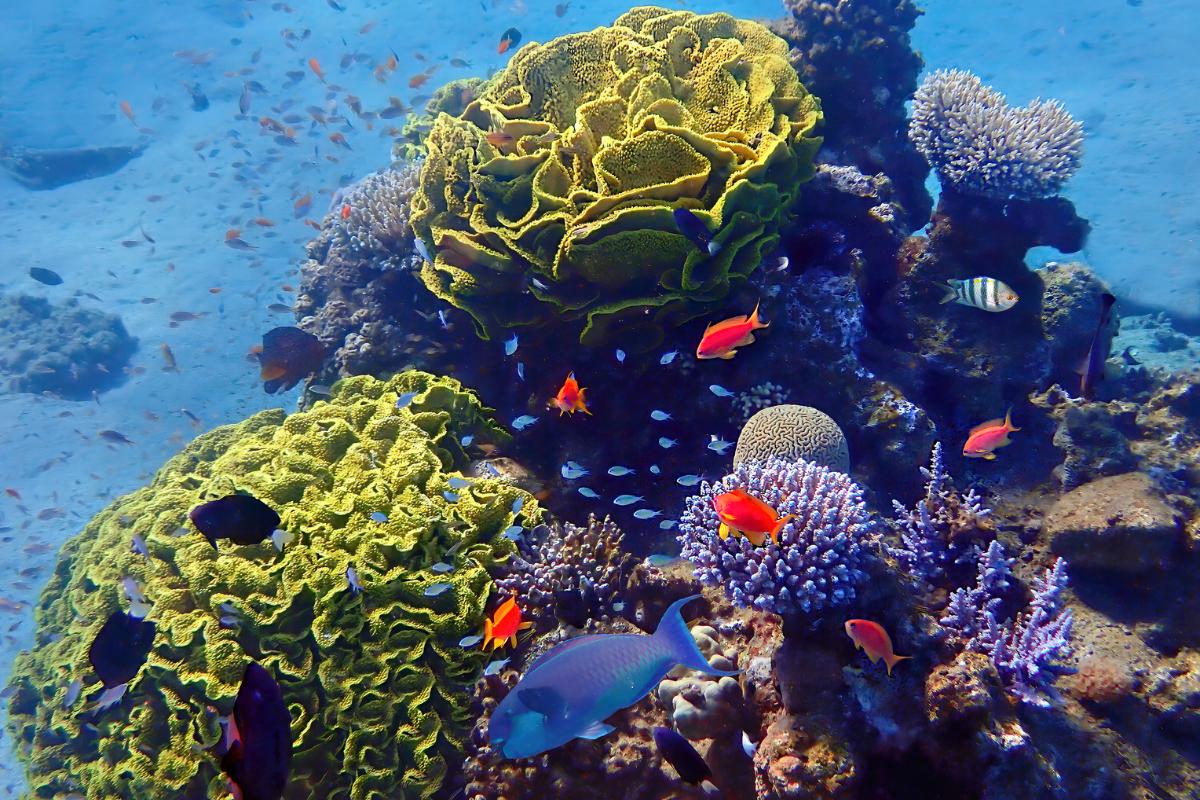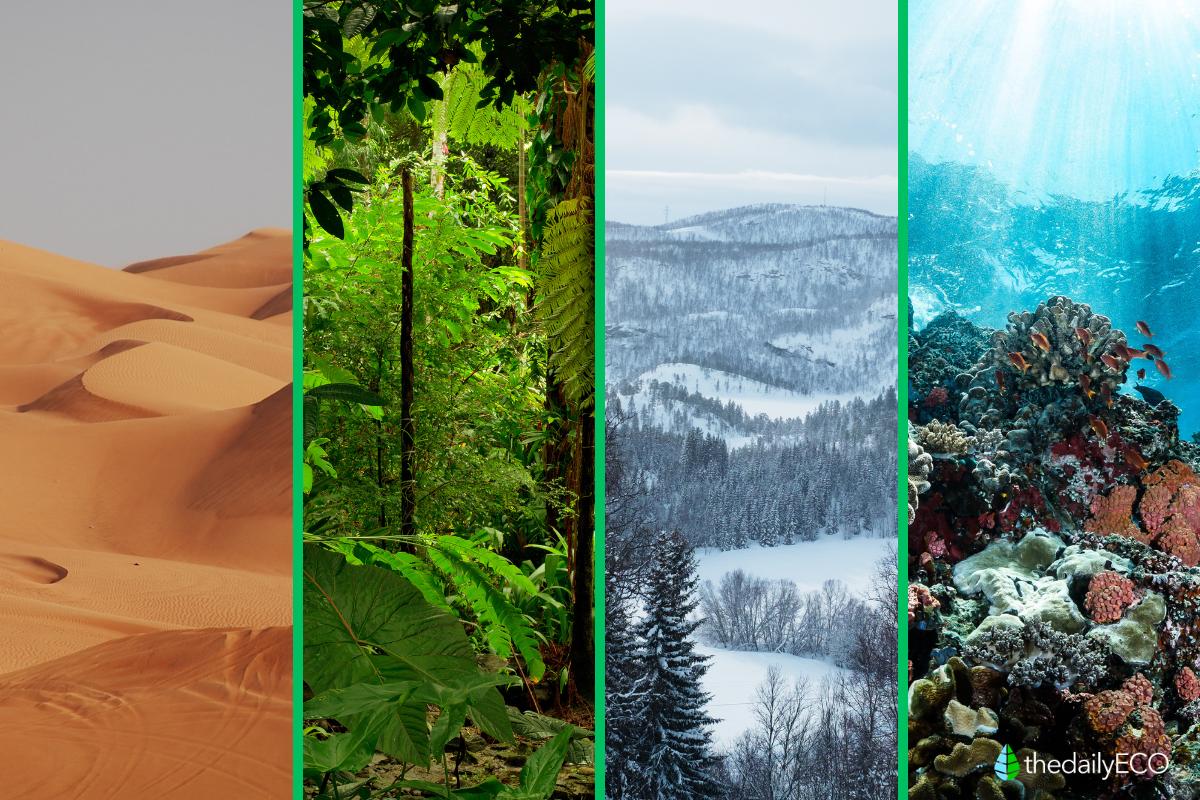What Are the 3 Types of Species Biodiversity?


Our planet is teeming with life, from towering redwoods to microscopic bacteria. This incredible variety, known as biodiversity, is the foundation for a healthy and functioning Earth. It's not just about counting different species, but encompasses the vast genetic variation within species and the intricate web of ecosystems they create. But biodiversity isn't just about the planet's health; it's fundamental to our own well-being.
In the following article by thedailyECO, we explore the three types of biodiversity, their key features, importance, roles in the environment, and the threats they face.
What is biodiversity?
Biodiversity refers to the variety of life forms on Earth, including the diversity of species, ecosystems, and genetic diversity within species. It encompasses everything from tiny microorganisms to towering trees, from the depths of the ocean to the highest mountaintops.
Biodiversity is crucial for the health of the planet because it ensures the stability and resilience of ecosystems. Each species plays a unique role in its ecosystem, contributing to processes like nutrient cycling, pollination, and pest control. Additionally, genetic diversity within species ensures their ability to adapt to changing environmental conditions, such as climate change or disease outbreaks.
There are three interconnected levels of biodiversity:
- Genetic diversity: refers to the variety of genes within a species. Genetic diversity is essential for populations to adapt to changing environments and evolve over time. It helps species withstand diseases, pests, and other stressors.
- Species diversity: refers to the variety of species within a given area or ecosystem. Each species has its own unique role to play, and the loss of even one species can have cascading effects throughout an ecosystem.
- Ecosystem diversity: refers to the variety of ecosystems within a region or on a global scale. Each ecosystem provides valuable services, such as regulating climate, purifying water, and providing habitat for wildlife.
For humans, biodiversity is invaluable. It provides us with food security, regulates the climate we depend on, and offers a treasure trove of natural medicines. The more we understand and protect biodiversity, the better we safeguard our own well-being and the future of our planet. In the following sections, we will explore each of the levels described above in more detail.

Genetic biodiversity
Genetic diversity refers to the variety of genes and alleles within a species. Genes are the units of heredity that determine specific traits in organisms, like eye color in humans or wing pattern in butterflies. Alleles are different versions of the same gene, which can result in variations of a trait, such as blue or brown eyes.
Genetic diversity is crucial within a species because it allows populations to adapt and evolve over time. When a population has high genetic diversity, it's more likely to have individuals with the right alleles that confer resistance to diseases. This means that even if a disease affects some individuals, others may survive and pass on their resistant genes to future generations.
Climate change or other environmental shifts can favor individuals with the right genetic variations. In this sense, genetic diversity allows species to have individuals with traits that can withstand different environmental pressures. For example, some plants may be better suited to tolerate drought conditions, while others may thrive in wetter environments.
Genetic diversity faces several threats. One major culprit is habitat loss. As habitats shrink, animal populations become isolated and smaller. This decline in numbers reduces the overall variation in genes, making them more susceptible to diseases or environmental changes. Overexploitation through excessive hunting or fishing also plays a role. When large numbers of individuals are removed, it can wipe out those with valuable genetic traits, like disease resistance, further reducing the diversity of the species. Finally, the introduction of invasive species can be detrimental. These newcomers can outcompete native species for resources, leading to a decline in their populations and a loss of genetic diversity.
To understand how traits are passed down through generations, our follow-up article explores the role of chromosomes.

Species biodiversity
Species diversity refers to the variety of different species coexisting in a particular area. It's not just about counting the number of species (species richness), but also considering their relative abundance (how many individuals of each species are present).
This diversity plays a critical role in the smooth functioning of ecosystems. A healthy ecosystem needs efficient recycling of nutrients like nitrogen and phosphorus. Diverse communities of decomposers, plants, and microbes work together to break down dead organisms and return these nutrients to the soil, fueling new growth.
Also, species diversity creates intricate food webs. Plants are eaten by herbivores, which in turn become prey for carnivores. This complex web ensures efficient energy transfer throughout the ecosystem, maintaining a healthy balance.
Many plants rely on animals for reproduction. Bees, butterflies, and birds play a vital role in pollination, while animals like squirrels and birds help disperse seeds, ensuring plant survival and regeneration. A diverse community of pollinators and seed dispersers is crucial for plant health and biodiversity.
Hotspots of biodiversity, such as rainforests and coral reefs, are of particular ecological significance because they harbor a vast number of species in a relatively small area. Rainforests, for example, are often referred to as the "lungs of the Earth" due to their role in producing oxygen and regulating the global climate. Coral reefs are biodiversity hotspots in marine environments, providing habitat for a diverse array of marine species and supporting fisheries that millions of people depend on for food and livelihoods.
Unfortunately, species diversity faces significant threats. The conversion of forests, wetlands, and other natural habitats into cropland or urban areas destroys the homes of countless species, leading to population decline and potential extinction. Rising temperatures, changing weather patterns, and ocean acidification disrupt ecosystems, making it difficult for some species to adapt and survive.
Finally, pollution such as the contamination of air, water, and soil with pollutants can harm or kill organisms, disrupt food webs, and ultimately reduce species diversity.
Curious how species become so diverse? Our next article explores a fascinating evolutionary process called divergent evolution, where related species take unique paths.

Ecosystem biodiversity
Ecosystem diversity refers to the variety of different ecosystems present in a given region or on a global scale. It encompasses a range of habitat types, functional groups of organisms, and ecological processes that contribute to the functioning and resilience of the Earth's biosphere.
Ecosystem diversity includes various habitat types, such as forests, grasslands, wetlands, deserts, and aquatic ecosystems. Each habitat type has its own unique physical characteristics, climate, and species composition, which support a diverse array of life forms.
Within ecosystems, there are different functional groups of organisms that interact with each other and their environment. These include producers (e.g., plants), consumers (e.g., herbivores, carnivores), and decomposers (e.g., bacteria, fungi). Each group plays a critical role in nutrient cycling, energy flow, and ecosystem functioning.
A healthy variety of ecosystems is critical for several global processes:
- Climate regulation: forests absorb carbon dioxide, a greenhouse gas, mitigating the effects of climate change. Healthy ecosystems also help regulate local temperatures and rainfall patterns.
- Water purification: wetlands and healthy watersheds naturally filter pollutants and sediments from water, providing clean drinking water for humans and wildlife.
- Soil formation: decomposers play a vital role in breaking down organic matter and creating fertile soil, the foundation for terrestrial life.
Threats to ecosystem diversity include land-use change, such as conversion of natural habitats for agriculture, urbanization, and infrastructure development. Deforestation, particularly in tropical regions, is a significant driver of biodiversity loss and ecosystem degradation. Fragmentation of ecosystems, caused by habitat fragmentation and isolation, disrupts ecological processes and reduces habitat connectivity for species. Conservation efforts are essential to protect and preserve ecosystem diversity for the well-being of both humans and the planet.
Want to learn how to safeguard the incredible variety within ecosystems? Our next article explores practical ways to protect these intricate webs of life.

If you want to read similar articles to What Are the 3 Types of Species Biodiversity?, we recommend you visit our Biodiversity category.
- Marcos, A. (2012) Why is biodiversity good? A humanistic vision of the value of biodiversity. Colombian Journal of Bioethics, Universidad el Bosque (Bogotá, Colombia). Volume 7 (2), pp: 45-56.
- Aguilera, M. & Silva, J. (1997) Species and Biodiversity. Interciencia Magazine . Volume 22(6), pp: 299-306.
- Bohórquez, C. (2005) Biodiversity and Technological Development. Magazine of the University of La Salle, Bogotá (Colombia). Volume 39, pp: 23-28.













